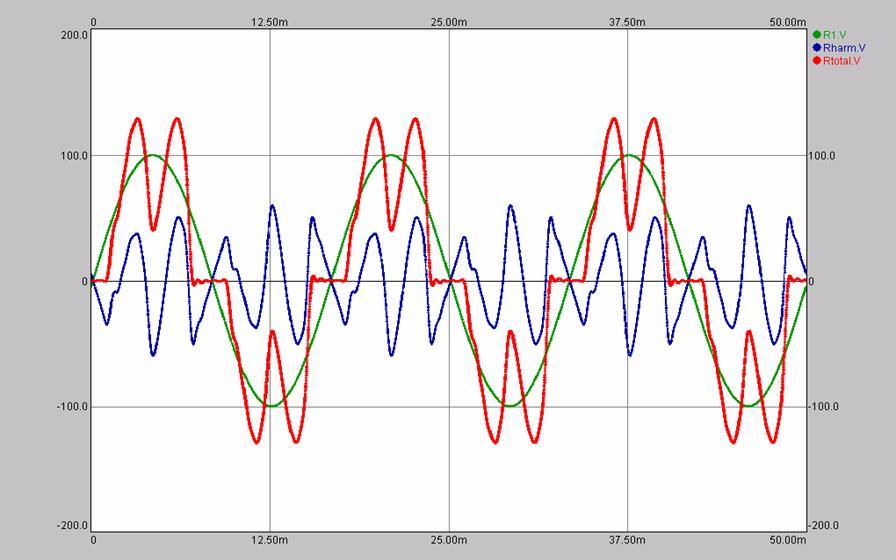So the VFDs with standard 6 pulse rectifiers will produce harmonic currents in the supply of ranging from around 38% to 100% depending on the load and the reactance in the circuit. VFD can have a reduced harmonic current down to around 5% with active front end provided that the active front end is proper for harmonics rather than regeneration. These harmonic currents are drawn from the supply the variable frequency drive is operating.
If we compare VFDs with a soft starter, the majority of soft start applications are "three wire" connections , the minimum conduction angle is 120 degrees which will yield a THDi of around 40%. At the start current, the conduction angle will be in the order of 160 degrees and the THDi will be less than 40%.
In a real application, a minimum of the start current would be 300% and 400 - 450% commonly.
The soft starter does draw a high harmonic current during the duration of the start current only, and while compare to a VFD, the THDi is typically small, without a harmonic filter. The same argument can be applied when soft start is selected.
Once the ac motor is up to speed, the SCR conduction is 180 degrees per SCR, so there are no additional harmonic currents introduced by the soft starter, modern soft starters include a bypass contactor shorting out the SCRs.
The start current drawn by the soft starter is higher than the input current to the VFDs, so the absolute amplitude of the harmonics may be higher than with some VFDs relative to the ac motor rating , but only for a short time. I would expect that more typically the actual harmonic current amplitudes are not different from a VFD with a 3% reactor.
The affect of multiple VFDs running on a supply can lead to a very high level of harmonic current and when it is imposed on the supply impedance, VFDs is reflected back as a high harmonic voltage. We have large areas here where the THDv is in excess of 5% and commonly up to 15%. This level of harmonic voltage causes important supply losses and motor heating. Any capacitance on the supply acts, to short out the harmonic voltages resulting in very high currents flowing through the capacitors, Where there is a combination of capacitance and inductance, there is a resonant frequency and if it is close to the frequency of one of the harmonics, then the voltage amplitude at that frequency will be increased greatly. Detuning the LC combination, will reduce the harmonic voltage gain, but will not eliminate the harmonics.
Harmonic mitigation is getting increasingly distinguished in this area, it is mandatory to mitigate the harmonics to better than 8% THDi for all VFDs in the rural area. This rule applies to new installations and are existing in installations. The cost of mitigation commonly doubling the cost of the VFD. is very high,
when compare to soft starter. One of the disadvantages of choosing a VFD is that they have a continuous important harmonic current draw, minimum 38-40% for standard variable frequency drives.
